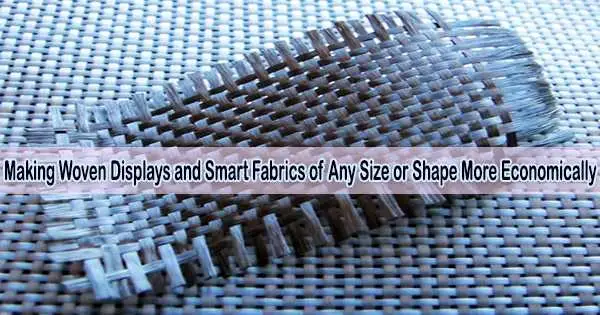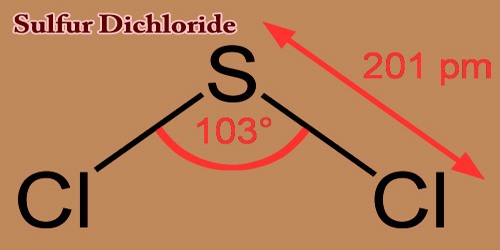Next-generation smart textiles with LEDs, sensors, energy harvesting, and storage have been created by researchers. They can be made at low cost, in any size, and in any shape using the same machinery that make our everyday clothing.
The worldwide team, lead by the University of Cambridge, has already shown that large-scale woven displays are possible, but these earlier instances required the use of manual, specialized laboratory equipment. In specialized microelectronic fabrication facilities, other smart textiles can be produced, but these are very expensive and generate a lot of waste.
However, the team discovered that by weaving electronic, optoelectronic, sensor, and energy fiber components on the same industrial looms used to make traditional textiles, flexible displays and smart fabrics can be produced far more affordably and sustainably.
Their findings, which were published in the journal Science Advances, show how smart fabrics might replace more powerful electronics in industries including construction, fashion, electronics, and transportation.
The functionality, size, and shapes of smart textiles have been constrained by present manufacturing techniques despite recent advancements in their development.
The flexibility of these textiles is absolutely amazing. Not just in terms of their mechanical flexibility, but the flexibility of the approach, and to deploy sustainable and eco-friendly electronics manufacturing platforms that contribute to the reduction of carbon emissions and enable real applications of smart textiles in buildings, car interiors and clothing. Our approach is quite unique in that way.
Dr. Luigi Occhipinti
“We could make these textiles in specialised microelectronics facilities, but these require billions of pounds of investment,” said Dr. Sanghyo Lee from Cambridge’s Department of Engineering, the paper’s first author. “In addition, manufacturing smart textiles in this way is highly limited, since everything has to be made on the same rigid wafers used to make integrated circuits, so the maximum size we can get is about 30 centimetres in diameter.”
“Smart textiles have also been limited by their lack of practicality,” said Dr. Luigi Occhipinti, also from the Department of Engineering, who co-led the research. “You think of the sort of bending, stretching and folding that normal fabrics have to withstand, and it’s been a challenge to incorporate that same durability into smart textiles.”
The same researchers demonstrated last year that smart textile fibers may work with traditional weaving techniques provided they were treated with polymers that can endure stretching. Using this technique, they produced a 46-inch woven demonstrator display.
The researchers have now demonstrated that automated procedures may be used to create smart textiles of any size or shape. In order to create smart textiles by automated weaving, various kinds of fiber devices, such as energy storage units, light-emitting diodes, and transistors, were created, encapsulated, and blended with regular fibers, either synthetic or natural.
The fibre devices were interconnected by an automated laser welding method with electrically conductive adhesive.
The procedures were all improved to minimize harm to the electrical parts, which made the smart textiles strong enough to endure being stretched by an industrial weaving machine.
The fiber device functioning was taken into account when developing the encapsulating method, and the mechanical force and thermal energy were rigorously examined to realize automated weaving and laser-based connections, respectively.
Although this can be scaled up to higher dimensions and produced in vast quantities, the research team was able to create test patches of smart textiles that were approximately 50×50 centimeters in size.
“These companies have well-established manufacturing lines with high throughput fibre extruders and large weaving machines that can weave a metre square of textiles automatically,” said Lee. “So when we introduce the smart fibres to the process, the result is basically an electronic system that is manufactured exactly the same way other textiles are manufactured.”
Large, flexible displays and monitors might potentially be produced on industrial looms rather than in specialized electronics production facilities, according to the researchers. Further optimisation of the process is needed, however.
“The flexibility of these textiles is absolutely amazing,” said Occhipinti. “Not just in terms of their mechanical flexibility, but the flexibility of the approach, and to deploy sustainable and eco-friendly electronics manufacturing platforms that contribute to the reduction of carbon emissions and enable real applications of smart textiles in buildings, car interiors and clothing. Our approach is quite unique in that way.”
The research was supported in part by the European Union and UK Research and Innovation.
















